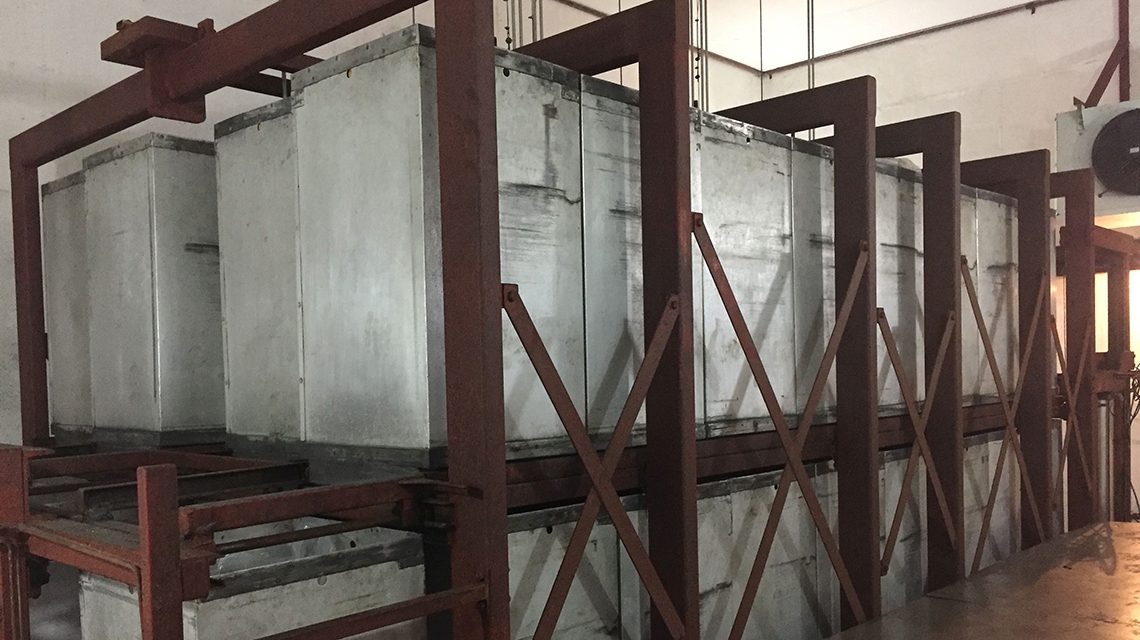Ho Chi Minh City, Viet Nam – Each morning hundreds of boxes filled with frozen seafood, dried fruits and vegetables, oriental medicines and health foods are queued up in a store room in Ho Chi Minh City, Viet Nam. They will undergo a process similar to security screening at airports, but with higher intensity beams of photons or electrons – in a food irradiation programme installed with IAEA support in the last two decades.
Depending on the dose, food irradiation will ensure that the root vegetables and fruits do not sprout or ripen prematurely; that parasites are killed and spices are decontaminated; that salmonella are destroyed and that fungi that could spoil meat, poultry and seafood is eliminated.
The process was first introduced in Viet Nam in 1999 with the help of the IAEA and the Food and Agriculture Organization of the United Nations (FAO), and a large market for irradiated products has since opened up, significantly increasing the ability of companies to export their food products. Food irradiation has matured into a mainstay of the country’s food industry and is an important contributor to the country’s agricultural competitiveness.
“In 1999 we were irradiating 259 tonnes of food per year, and this has grown to 14,000 tonnes by 2017,” said Cao Van Chung, Head of the Electron Beam Department of the Viet Nam Atomic Energy Institute’s Research and Development Center for Radiation Technology, VINAGAMMA. “This shows a real boom in demand for our work. Today we are one of the leading facilities in the country in the field of radiation technology – pioneering in food irradiation.”








